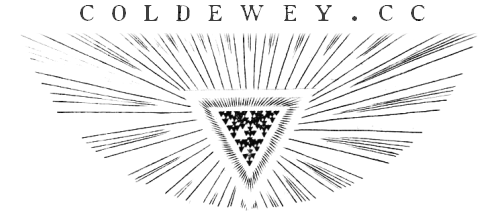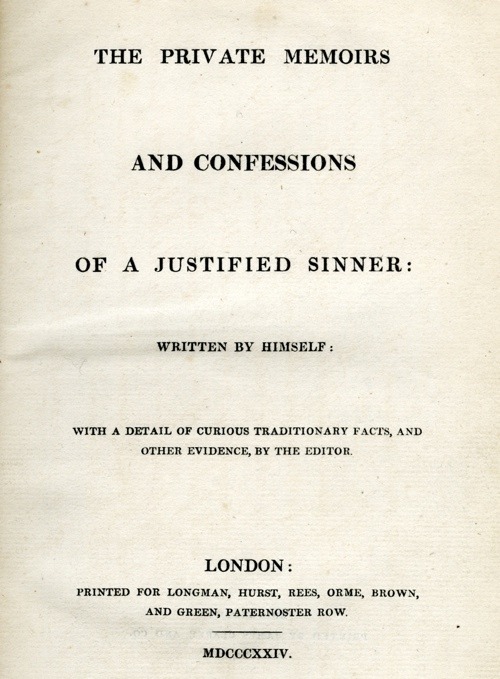For conduct which to clearer minds seems merely sane, was in those days to be performed only by rare vision and self-mastery.
Clams Casino – “What You Doin”
Instrumental
Walking the line between electronic ephemera and lushly produced hip-hop, this record is a great example of hybrid vigor. The deep beats are decidedly bass-heavy and urban, but the ghostly samples and full-spectrum atmospherics are more like Cut Copy crossed with Tim Hecker. The drums are a melange: the last track, “13,” combines a metronomic high hat from the 80s with a thunderous bass from the mid-2000s, with an old school clap that makes you think it’s going to drop into a house spiral at any moment. And then you’ve got this track, like a drugged, gauzy trip to a slow-motion dance floor. Where did this come from? (insound)
Vocabulary: Kimmering Clachan Edition
Scots words and phrases from The Private Memoirs and Confessions of a Justified Sinner
braird: the early shoots of a crop of grain like wheat or barley
luckpenny: a sort of discount given to a buyer for luck
windelstrae: a stalk of dry grass
bicker: wooden drinking vessel
wynd: a narrow alley (i.e. wind)
aumuse: a cap worn by clergy
ayont: beside or adjacent to
bourock: a hovel or shelter
shakel-bane: wrist bone
clachan: a small village
Auld Simmie: the devil
spleuchan: pouch
kimmer: gossip
shan: grimace
mense: honor
rowth: plenty
corbie: black
chafts: jaws
maun: must
bairn: child
The Private Memoirs and Confessions of a Justified Sinner (James Hogg, 1824)
This interesting book was put in my hands by a good friend whose literary suggestions are sound without exception. It is not, as the title may suggest, a tell-all like Pepys’ diaries, or even, really, a private memoir at all. It’s a striking early example of nontraditional narrative structure, predating many other adventurous novels and reportedly inspiring Stevenson’s Jekyll & Hyde.
It’s remarkable for the transparency of its misdirection, which leaves the reader constantly unsure exactly what is true, and rarely pins anything down with certainty. So the reader, like the protagonist in fact ends up at one point in the novel, is suspended between several points of view and unable to make any definite conclusions. It begins with an “Editor’s narrative,” which describes a series of events at the turn of the 17th century involving two sons of a Scottish Laird, one of whom is disowned and becomes a religious zealot who torments and eventually kills the other for, apparently, no reason. Then follow the actual confessions, which are written by the religious brother, Robert, and seem to describe a descent into depravity and madness, accompanied and prompted by someone who may or may not be the devil. Last, there is a continuation of the editor’s narrative, which describes how the text was found.
As others have pointed out, this means the story is in a way told backwards; it would be far more logical to describe how the text was come across and its context, then present the text itself, then produce some criticism or notes to aid in its interpretation. Yet the point of the novel isn’t just to tell a story, though the story of how absolute certainty in an idea can, and in a way must, lead to the worst atrocities, is certainly interesting enough.
Did I exist before my birth? No. Shall I, after my death? No. What am I? A little dust, aggregated by an organism. What have I to do on this earth! I have the choice to suffer or to enjoy. Where will suffering lead me? To nothing. But I shall have suffered. Where will enjoyment leave me? To nothing. But I shall have enjoyed. My choice is made. I must eat or be eaten, and I choose to eat. It is better to be the tooth than the grass.
Another year in another image – a 365-day solargraph of the Toronto skyline
One generation abandons the enterprises of another like stranded vessels.





